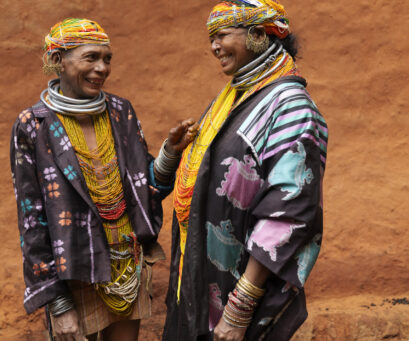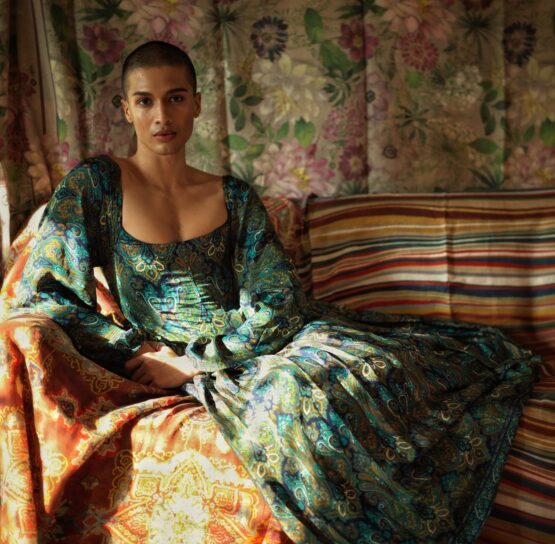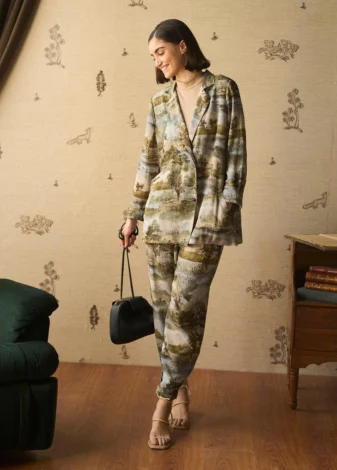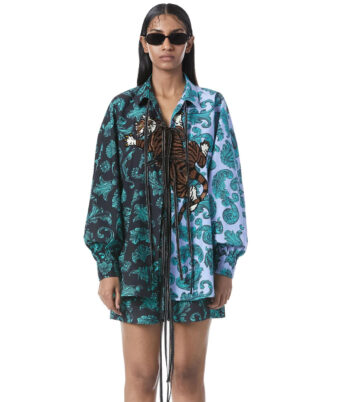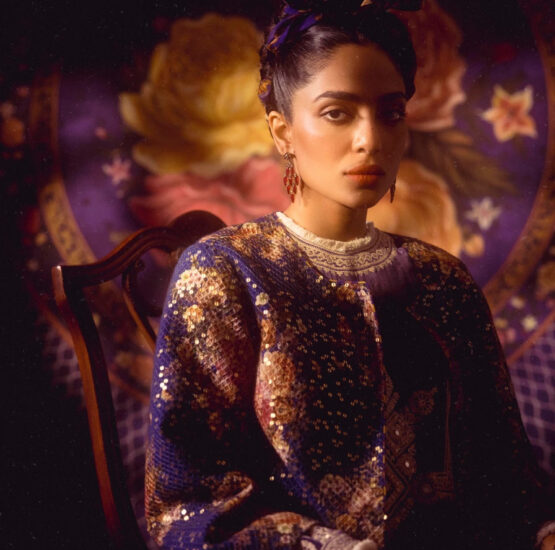Watch the full episode on:
What does it mean to be an artist today? In our first episode, Mandovi Menon and Shiva Nallaperumal talk about creative discipline, collaboration, and the ways art connects to culture and identity. With humor and insight, they unpack misconceptions about creative work, unexpected sources of inspiration, and how their own journeys have evolved over time.
What We Discuss:
- 00:00 Introduction
- 00:36 Path 1: Discovery
- 7:40 Path 2: Unblur
- 11:20 What is your origin story? A pivotal moment or influence that sparked creative energy in your life?
- 26:19 In terms of process, what are some of your go-to habits or rituals that help you get into the creative mindset?
- 27:21 Path 3: Perspectives
- 27:31 AI in the Creative Industry- Boon or Threat
- 34:22 Social Media as a tool for shaping identity
- 43:41 The Rise of the Creative Director
For feedback and suggestions, reach out to us at podcast@blurtheborder.com
As always, thank you for tuning in!

